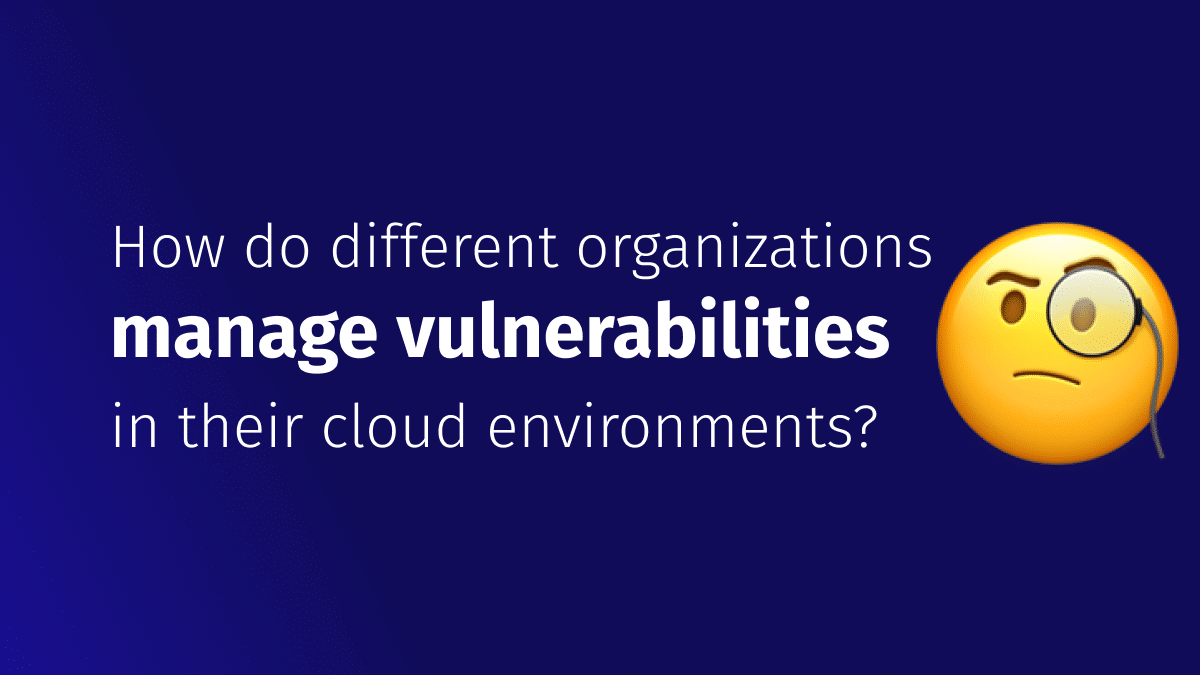How do different organizations manage vulnerabilities in their cloud environments?
Everyone talks about it, now one knows how others do it. Until now. Read on… What...

Jun 26, 2025
Every DevSecOps, cloud security and even AppSec team knows the feeling: scanners flag hundreds – sometimes thousands – of critical issues across your pipelines, environments and apps. But how many of those findings actually matter? How many represent real, immediate risk to applications running in production?
The uncomfortable answer? Very few.
At ARMO, we’ve seen firsthand how over 60% of security findings are irrelevant hypothetical risks that will never be exploited. And when it comes to runtime threats, things get even worse: teams have to sort through nearly 7,000 alerts to find just one real incident.
It’s not just about wasting time. It’s a sign that something is fundamentally broken in how cloud security is typically done today.
Most cloud security tools rely on static analysis — scanning code, images, and configurations to surface every theoretical risk. To be clear: these risks aren’t pulled out of thin air. They’re based on widely accepted industry benchmarks and best practices, developed by some of the smartest minds in cybersecurity. The problem is, those benchmarks are intentionally broad, since they are designed to apply to as many environments as possible. That makes them useful for general guidance, but not always relevant to your specific application or cloud setup.
On top of that, some of the flagged issues were explicitly accepted by engineering or security teams. They are necessary for the application to function and deliver business value. So what shows up as a “high risk” on paper may actually be a conscious, well-understood tradeoff.
The result? Alert fatigue. Wasted developer time. And real threats slipping through the cracks. Security teams end up chasing ghosts, while the truly dangerous issues, the ones actually reachable in runtime, remain buried in noise.
At ARMO, we believe the future of cloud security is real-risk-first.
That means flipping the current model on its head:
This approach isn’t just more effective — it’s more scalable and sustainable:
Security shouldn’t just be a set of checkboxes or a constant source of distraction for teams. In the complex world of cloud-native environments, teams need to focus on real, actionable risks, not hypothetical threats or irrelevant findings. By aligning security efforts with actual runtime behavior, ARMO ensures that security is effective and efficient and doesn’t slow teams down. This approach makes it easier for teams to focus on what’s important by aligning security priorities with real, immediate risks.
Maybe it’s time to rethink you approach. Try ARMO today.

Everyone talks about it, now one knows how others do it. Until now. Read on… What...

We’ve been busy! Our latest summer updates introduce powerful new capabilities to help you detect,...

Let’s be honest. Most cloud security alerts feel like trying to read a book with...